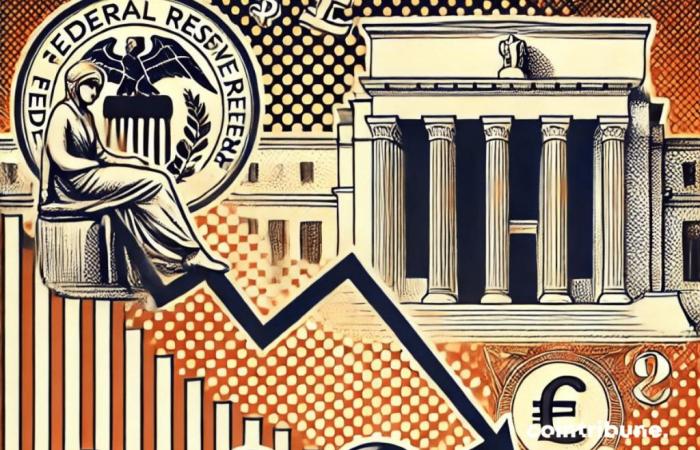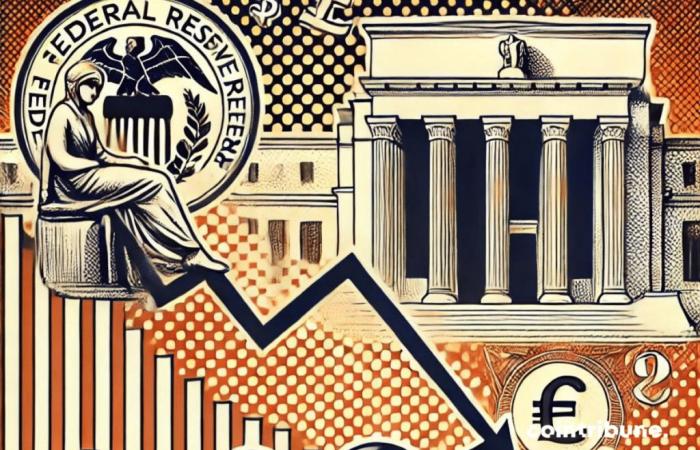8 a.m. ▪
5
min reading ▪ by
Micaiah A.
The barons of the American Central Bank can be satisfied: their relentless efforts against inflation seem to be bearing fruit. In September, figures showed a slight decline in inflation to 2.4%, below expectations. However, behind these apparently reassuring statistics, other data disturbs the economic picture. Indeed, the labor market is showing unexpected signs of weakness, leaving room for doubts about future stability.
Inflation: between decline and persistent concerns
Inflation, which was 2.5% in September, finally reached 2.4%a figure certainly below forecasts, but which deserves careful examination. Certainly, the fall in energy prices, down 1.9%, contributed to this lull.
But be careful, the rising food and housing prices played spoilsport: +0.4% for food and +0.2% for shelter. Even more worrying, thecore inflationwhich excludes these volatile categories, still remains at 3.3%a more difficult figure to tame.
So why this persistence? The answer could well be hidden in the subtleties of the market. Despite slowing inflation, certain sectors like medical care (+0.7%) and clothing (+1.1%) continue to see their prices rise.
It is important to remember that more than a third of the inflation calculation is based on housing costs, and these, although down 4.9% over the year, remain higher than expected.
The key elements of this inflation:
- Increase in food prices: +0.4%;
- Drop in energy prices: -1.9%;
- Price of used vehicles: +0.3%.
Suffice to say that despite the effectiveness of the Fed’s policies, certain inflationary trends remain stubbornparticularly due to external factors such as climatic events and disruptions in supply chains.
Economy: Shakes on the job market
While inflation appears to be stabilizing, the job market is starting to falter. The number of applications for unemployment benefits reached 258,000 for the first week of Octobera surprising increase compared to previous weeks. In question, the double strike of Hurricane Helene and the Boeing workers’ strike. These two events had a major impact on certain states, notably Florida and Michigan, where unemployment figures jumped.
This casts doubt on the strength of the American economy in the short term. If we look closer, experts wonder if this fragility could curb upcoming interest rate cuts planned by the Federal Reserve. As a reminder, it observed a drop of 50 basis points at the beginning of September.
With the labor market weaker than expected, it might be risky to cut rates too quickly, although some predict that remains inevitable by November.
Additionally, although monetary policies appear to have a positive impact on inflation, it is becoming increasingly clear that other aspects of the economy, such as consumption, could be affected. Used car and health care prices continue to riseand household spending, although less volatile than energy or food, could find itself slowed down by rising unemployment.
Thus, despite encouraging signs, some analysts surprise by arguing that we have to love inflation. Paradoxical, isn’t it?
Maximize your Cointribune experience with our ‘Read to Earn’ program! For every article you read, earn points and access exclusive rewards. Sign up now and start earning benefits.
Micaiah A.
The blockchain and crypto revolution is underway! And the day when the impacts will be felt on the most vulnerable economy in this world, against all hope, I will say that I had something to do with it







